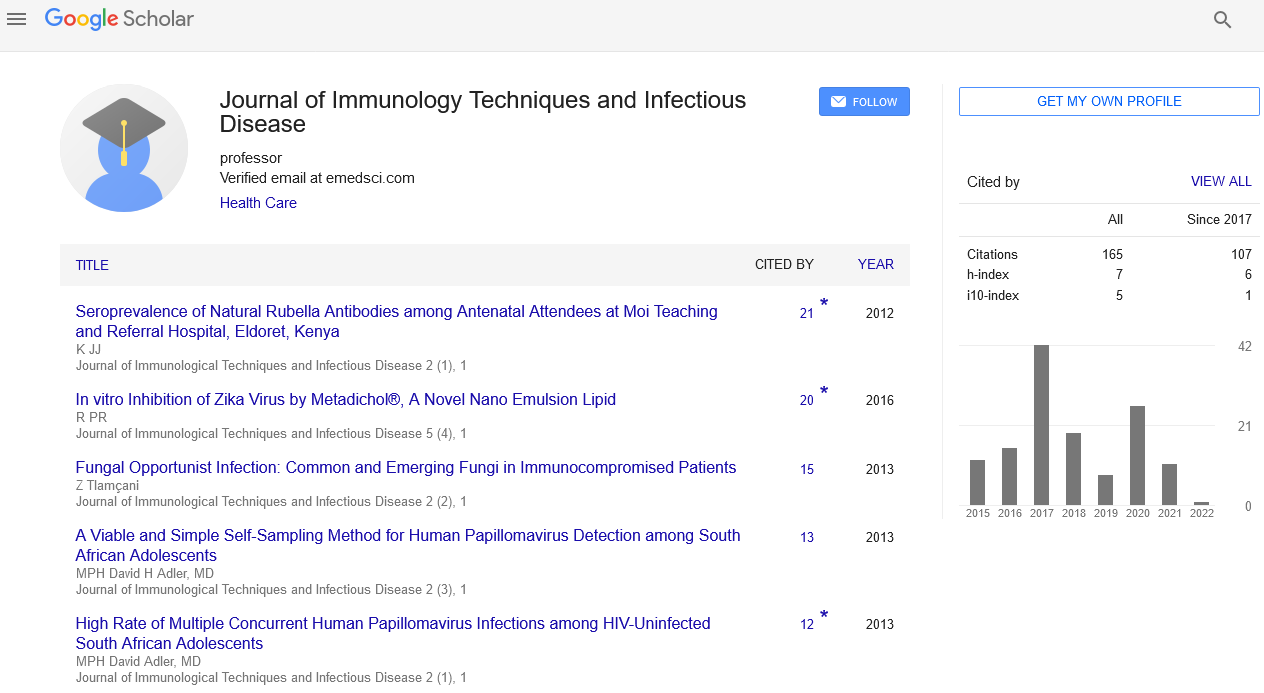Molecular epidemiology of HBV, HCV and HDV in general population of Afghanistan
Abbas Ali Husseini, Khwaja Mir Islam Saeed, Esra Yurtçu and Mithat Bozdayi
Institute of Hepatology, Ankara University, Turkey
Head of Grant and Service Contract Management Unit (GCMU), Ministry of Public Health, Afghanistan
: J Immunol Tech Infect Dis
Abstract
Background: Infections caused by HBV, HCV and HDV are global public health problem particularly in low-income countries such as Afghanistan (1). Although limited studies on these diseases provide important information about seroepidemiology of viral hepatitis in this country but molecular epidemiology of these viruses has also remain completely vague in Afghanistan. This study give a clue about HBV, HCV and HDV genotypes, sub genotypes and subtypes circulating among general population of Afghanistan and also HBV vaccine scape and Anti-viral resistance mutation prevalence as well. Methodology: Totally 234 HBsAg, 44 anti-HCV and 5 Anti-Delta positive Samples sera belong to age group 25-70 years old of permanent residues of five region of Afghanistan were included in this study.After quantify viral load by real time PCR, HBV, HCV and HDV genotyping were performed by amplifying and direct sequencing of a segment of the HBV Pre S1, HCV NS5B, and HDV Delta antigen regions, from 61 HBV, 29 HCV and 1 HDV samples containing sufficient amounts of genetic material. In addition, to HBV serotyping, HBV vaccine escape and anti-viral resistance mutations analysis a segment of related S gene (coding for aa100-167) and HBV polymerase region (coding for aa 160–257) of 20 patient were amplified and sequenced respectively. Results: All HBV isolate were dispersed throughout the genotype D branch, 60 samples subgenotype D1 and one sample in subgenotype D4 and ayw2 was the only subtype found in Afghan patients with HBsAg positive. throughout the vaccine escape and antiviral resistance mutation analysis, one mutation in P120S and Q215P positions in the respective S gene and in the HBV polymerase region, respectively, were detected. The Anti-HDV prevalence among HBsAg positive patient in our study was 2.5% and the single sample of HDV we were able to amplified and sequenced partially was stayed in Branch genotype I in phylogenetic analysis. Nucleotide sequence analysis of HCV isolates has shown subtype HCV-1b in 22 (75.86%), HCV-3a in 6 (20.69%) and HCV-3b in 1 (3.44%) patients. Conclusion: Finally, it can be said that there is little genotypic variation in Afghan patients. HBV genotype D1, subtype ayw 2, HDV RNA type 1, and HCV RNA genotype 1b are likely to be dominant in Afghan patients. We recommend further study in this subject.
Biography
Abbas Ali HUSSEINI completed his Ph.D at Ankara University. His research interests lie in the area of infectious disease. He has researched on epidemiology and molecular profile of HIV, HTLV, HBV, HCV and HDV. Abbas has experience of designing different NA isolation kits and HBV, HCV, HIV and CMV quantitative real time PCR Kits.
 Spanish
Spanish  Chinese
Chinese  Russian
Russian  German
German  French
French  Japanese
Japanese  Portuguese
Portuguese  Hindi
Hindi 
